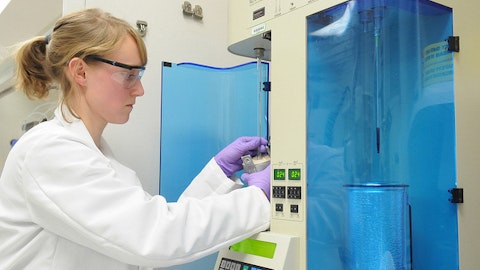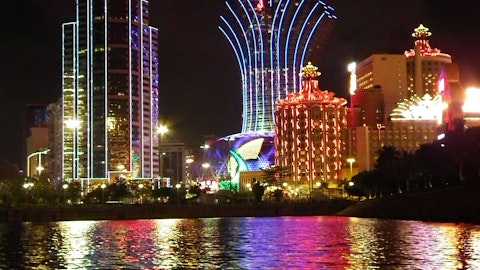Manufacturing Weakness
In light of an unbroken string of atrocious manufacturing survey data, we have decided to update a few of the charts we use to assess the economy. For a discussion of the details of the most recent manufacturing surveys see Mish (Empire State and Philadelphia) and Zerohedge (Empire State and Philadelphia). We would note to these data that the strong decline in new orders is especially noteworthy.

Photo credit: ard.de
To begin with, we want to point out that there is at least one data series that strongly suggests that the economy is not yet in recession, namely private non-residential fixed investment (it has a long history as a confirming indicator).
Real private non-residential fixed investment. This data series tends to decline or at least flatten out just prior to recessions and is definitely declining as soon as a recession is underway. As of Q2 2015, it was still rising, which suggests that a recession hasn’t begun yet – click to enlarge.
This is incidentally also confirmed by the Atlanta Fed’s “GDP Now” indicator, which currently indicates annualized GDP growth of 0.9% in Q3, which is quite weak, but not yet a contraction. Still, the indicator is currently mired in a downtrend and there are obviously quite worrisome developments underneath the “quiet stagnation”.
One thing that we cannot stress often enough is that the manufacturing sector is far more important to the economy than its contribution to GDP would suggest. Since GDP fails to count all business spending on intermediate goods, it simply ignores the bulk of the economy’s production structure. However, this is precisely the part of the economy where the most activity actually takes place. The reality becomes clear when looking at gross output per industry: consumer spending at most amounts to 35-40% of economic activity. Manufacturing is in fact the largest sector of the economy in terms of output.
Although we have no recent update on gross output yet, both manufacturing and mining output have turned negative in Q1 already, and given the survey data received since then, it is a good bet that this downturn has continued. In fact, the following chart of business spending, inventories and the inventories/sales ratio recently mailed out by our friend Michael Pollaro (keeper of TMS statistics) suggests as much – these data show the situation as of August. If we were to judge the state of the economy based on this chart alone, we would probably conclude that a recession has already begun:
Annualized growth in business sales, inventories and the inventories to sales ratio – click to enlarge.
A Distorted Production Structure
There are good reasons to believe that the next bust will be a denouement of historic proportions, a.k.a. a real doozy. The enormous expansion of money and credit that has been in train since the gold exchange standard was abandoned following Nixon’s gold default (sorry, “temporary suspension” of gold payments) has over time created an ever more “top heavy” production structure. This phenomenon can be observed by looking at the ratio of capital to consumer goods production. The expansion in money and credit from thin air has continually suppressed interest rates below the natural rate, pulling more and more factors of production toward higher order goods production. Over time, the amplitude of the intermittent booms and busts associated with this has steadily increased. The current business cycle is unlikely to be an exception.







